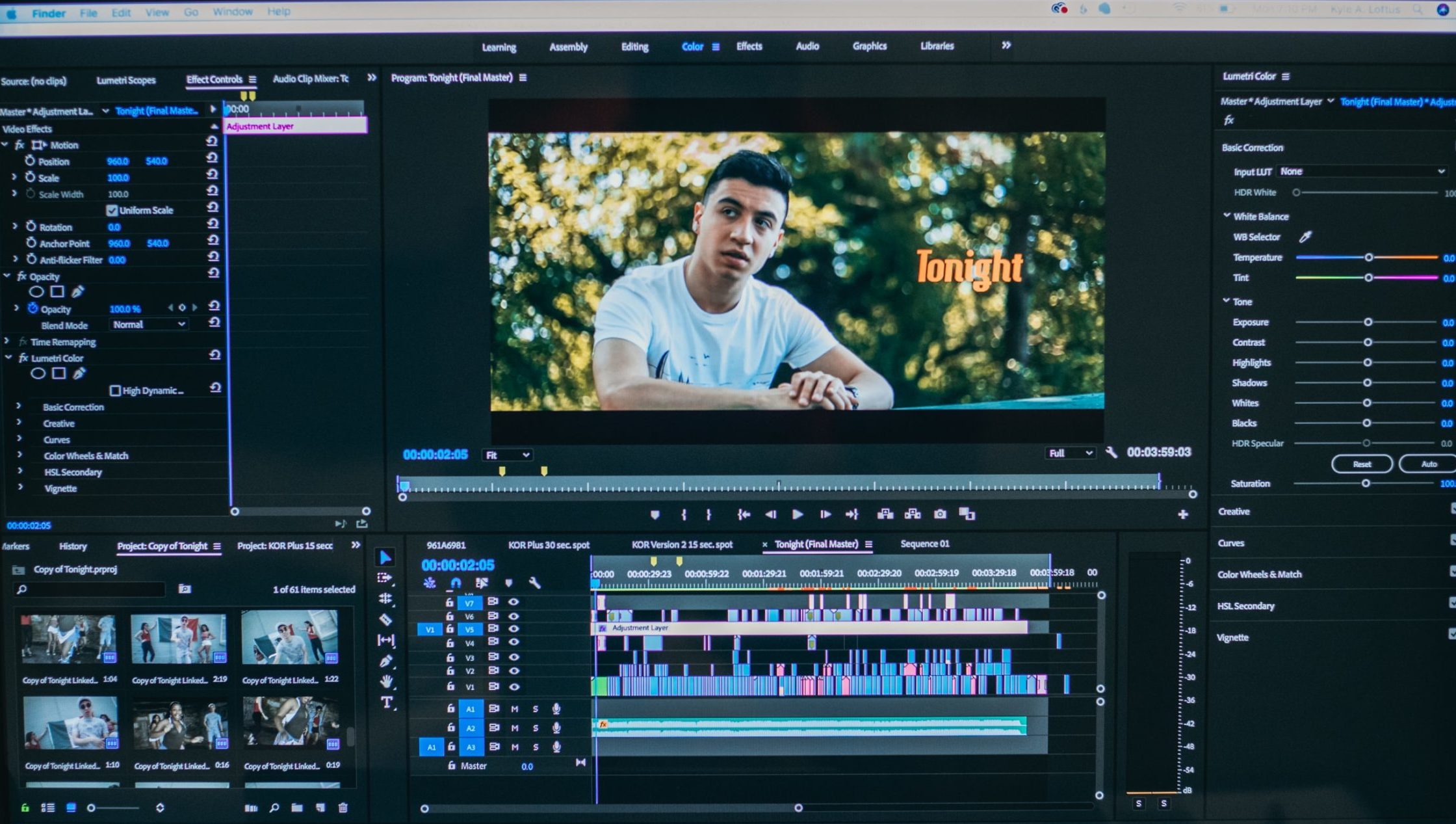Whether it’s for fiction, corporate videos or social media, subtitling is one of the greatest resources to make content cross borders. It’s the prerequisite for it to reach a much larger audience that may be interested in it. But what are the issues of subtitling when there’s also a dubbing script? Is it easy to adapt subtitles to a dubbing script? How come what is being said in the video doesn’t always match what is written below? Let’s take a closer look at this complex issue.
The challenges of adapting subtitles to a dubbing script
For decades in Spain,the dubbing of all films shown on the big screen was regulated by law. This contrasts sharply with other countries, such as Portugal, where they always maintained the original version. This is interesting, because if you like films, you will have noticed that watching a film in the original language isn’t the same as watching it dubbed. There are some key challenges in subtitling:
- Idiolect. It means each person’s particular way of speaking. An idiolect refers to the language you use, the expressions you use and the meaning you give them. This is an important matter in subtitling and dubbing. To know how to translate expressions from one language to another and to try to give the same meaning to the character’s own expressions.
- Non-spontaneous speech. In other words, the imitation of the natural flow of a language that can include mistakes, hesitation and so on. These elements can be tricky when translating and subtitling a text. Primarily because of the need to preserve the original meaning as faithfully as possible to how it was written.
However, there’s another obstacle in this process, which we can divide or interpret in two different ways:
How to adapt subtitles to an already dubbed script.
What happens if you are given a dubbed script and must include it in the subtitling? There are two things you should keep in mind when it comes to subtitles:
- They must coincide with when the actor says the sentence. Imagine that, in a piece of content originally written in Romanian, the actor takes just two seconds to say a sentence that, translated badly, can take up almost two lines. Clearly, this produces a kind of mental short-circuit that can make the viewer uncomfortable. Mainly because it distracts you from the scene you are watching. Issues like this should be avoided and managed with translations that are well adapted to the needs of the video in question.
In addition, they need to appear regularly and give the viewer enough time to read them correctly. This is why subtitles don’t always coincide exactly with the dubbing script. It’s highly likely that it was first dubbed and then subtitled. This process makes it necessary to change some elements to make the reading more comfortable for the viewer.
- The script must also adapt to the movement of the lips. This is predominantly observed in dubbing, but it can also happen in subtitling. While in Latin-based languages this doesn’t happen so much, in languages that are significantly different from ours it can be obvious, strange and even annoying for the viewer. Therefore, it’s something we need to be especially careful with.
How to adapt subtitles to a script to be dubbed in the future
What if there isn’t a dubbing script yet? In this case, we are free to avoid both hurdles and ensure the two scripts coincide at all times. This process will make it much more convenient for the viewer and easier to dub.
The importance of an expert team
As we have seen, translation takes on new facets when it comes to subtitling videos. From corporate content to fiction, it’s essential to have a professional subtitling agency that can provide quality work and that is well versed in the requirements of this format.
To achieve this, you can rely on our team of professional translators here atBlarlo. They always respect the idiolect of the characters and all the translation needs of the script.
In conclusion, adapting subtitles to a dubbing script is a more complex job than it may seem. So, it’s important to have a professional agency that can take care of these tasks. At Blarlo, we have professionals who can help you with this.
This post is also available in: Español (Spanish) Français (French) Nederlands (Dutch) Deutsch (German)







